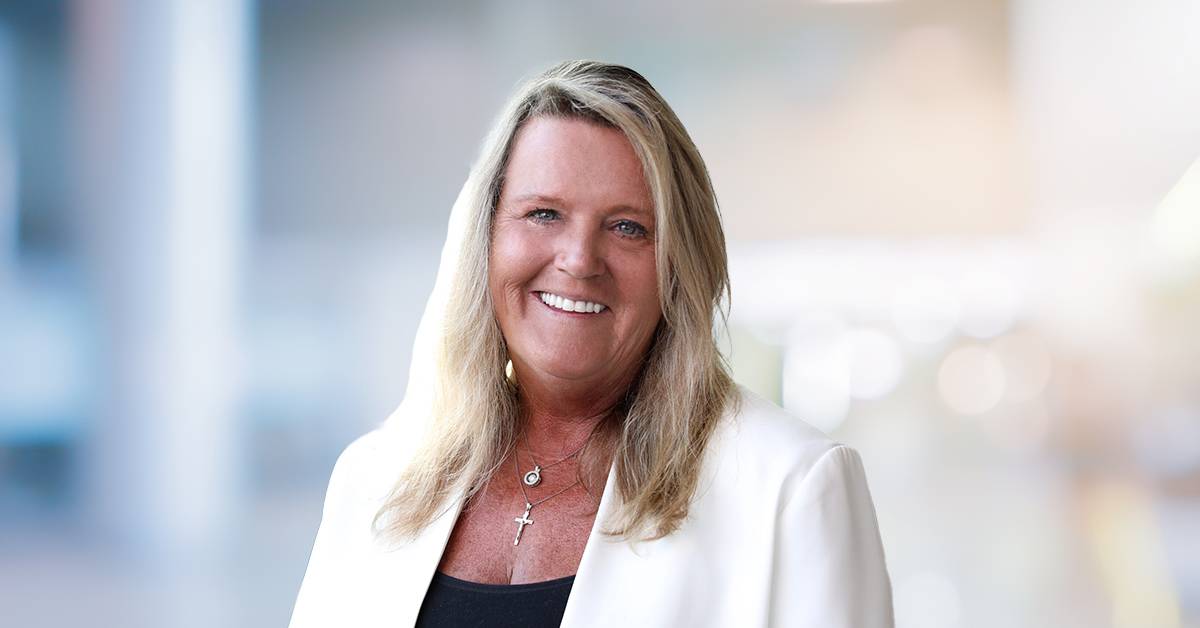- Solutions
- Solutions
- Home Health
- Hospice
- Life Plan Community
- Palliative Care
- Private Duty
- Senior Living
- Skilled Nursing
- Skilled Nursing
- Skilled Nursing Software
- Advanced Insights
- Customer relationship management
- Data and analytics
- Financial & operations management
- Marketing
- Nutrition management
- Referral management
- Regulatory compliance
- Retail management
- Resident engagement
- Revenue cycle management
- Skilled nursing interoperability
- Partners
- Blogs
- Resources
- About
- User Conference

5 Major benefits of speech recognition in post-acute care
In this blog post, we discuss Speech Recognition Technology (SRT) and how it helps post-acute care organizations. Some of the benefits include improved accuracy, productivity, communication, patient care and staff satisfaction.
What is speech recognition software?
Improved accuracy in post-acute care
Increased productivity for post-acute organizations
Improved communication for home health and hospice clinicians
Elevating patient care in post-acute care
Nurturing staff satisfaction to boost morale and productivity
MatrixCare EHR
What is speech recognition software?
Speech recognition software, also known as Automatic Speech Recognition (ASR), is a type of technology that enables an electronic device to recognize, analyze and understand the spoken word. This technology utilizes advanced algorithms and neural networks to analyze sound. It then identifies speech patterns and converts them into readable and useful information.
Speech recognition technology’s continual advancement has made voice commands and dictation an integral part of modern technology, enhancing convenience and accessibility for users across various industries. This technology is changing the landscape of post-acute care by helping improve organizational efficiencies and patient care through voice recognition and medical documentation at point of care.
Improved accuracy in post-acute care
Speech recognition technology enhances accuracy in home health and hospice by enabling documentation at point of care. Traditionally, clinicians often complete paperwork after work, relying on handwritten notes, which could be prone to misinterpretation, missing information or errors due to the delay in documenting.
Speech recognition technology helps reduce this risk by converting spoken words into precise, legible text at point of care. This accuracy helps reduce medical errors, improve patient records, and enhance patient safety and outcomes.
Increased productivity for post-acute organizations
Home health and hospice clinicians often face demanding schedules and documentation requirements. With the ability to complete documentation in the home, at the bedside, or even in between visits, patient information is top of mind and therefore more accurate and complete.
Clinicians can now speak their visit notes, saving time and letting them concentrate on patient engagement and care. This increased productivity translates to better use of resources and more efficient healthcare delivery at home.
Improved communication for home health and hospice clinicians
Effective communication is the cornerstone of quality home health and hospice, where clinicians often work independently. Speech recognition technology, also called automated speech recognition, fosters better communication by facilitating timely updates and information sharing. Clinicians can quickly transcribe patient information, send it to other healthcare team members, such as doctors or therapists, ensuring that everyone involved in the patient’s care has relevant, up-to-date information.
Elevating patient care in post-acute care
Perhaps one of the most significant benefits of speech recognition technology in home health and hospice is its positive impact on patient care. With more accurate and timely documentation, the healthcare team of providers can make better-informed decisions about patient treatment plans.
Additionally, speech to text recognition technology allows for quicker and more comprehensive patient assessments, leading to more effective care interventions and improved patient outcomes.
Nurturing staff satisfaction to boost morale and productivity
Home health and hospice providers are no strangers to high turnover among clinical staff. Between heavy workloads, long hours and the expectation to document after work hours, clinicians are experiencing burnout — and the result is an industry-wide staffing shortage.
Speech to text recognition technology can be a significant solution for this industry challenge by helping to reduce the amount of after-hours documentation that needs to be manually entered. Instead, clinicians can now document during their shift in half the time it normally takes them, which means their time off can truly be time off.
Additionally, speech to text recognition technology allows for quicker and more comprehensive patient assessments, leading to more effective care interventions and improved patient outcomes.
MatrixCare EHR
MatrixCare uses nVoQ, a platform designed to be HIPAA-compliant, that brings speech-to-text functionality to any discipline given the security privilege to use our Electronic Health Record | EHR. It’s built for home health and hospice providers to be secure, cloud-based, highly accurate, and easily accessible on a tablet or computer.
Clinicians have a variety of beneficial ways including streamlining documentation at the point of care, capturing accurate speech recognition through an extensive library of healthcare industry terms, and utilizing agency-defined dictionaries of frequently used names, phrases, abbreviations and templates.
Likewise, administrative staff can experience many benefits through their own portal, where reports can be viewed and printed, dictations can be listened to and corrected where needed, vocabulary can be added and edited uniquely for your users, and voice-activated templates can be created and managed.
“MatrixCare has helped us be more efficient in our processes, in our back office, in our billing, in our charting. Our clinicians are able to document during the day while they’re seeing their patients or at the bedside; then at the end of the day their documentation is done, which helps a lot with work-life balance.”
Angela Leonzi, RN, BSN, VP of Patient Care Services, Stratford VNA
According to a study in the Journal of Graduate Medical Education, clinicians who spent more than six hours weekly after hours in EHR work were 2.9 times more likely to report burnout. Our speech recognition technology can be used within narrative sections and communication notes — simplifying documentation for over-burdened staff in many ways.
“Our biggest struggle was giving evenings back to clinicians, which is often their only time to chart narratives. We wanted to allow our caregivers to dictate their narratives while they were driving or at the bedside, allowing them to spend more time with their families because documentation is done between patient visits.”
Tiffany Reynolds, Solutions administrator at Mosaic Life Care.
As the healthcare industry continues to embrace technological advancements, Speech to Text technology (STTR) stands as a shining example of how innovation can transform and elevate the quality of care provided in the comfort of a patient’s home.
Are you ready to improve documentation time, help reduce errors and give clinicians more work-life balance? Schedule a demo with MatrixCare to experience the first EMR to embed voice-recognition technology.
See what MatrixCare can do for you
Kathleen Courson
Kathleen Courson, RN, BSN (Katie) has been a registered nurse for 24 years with 18 of that spent in home health and hospice. She has worked in all realms of the industry, from field nurse to administration, including being involved in a start-up of an independent Medicare Certified Home Health agency in her rural community.
Katie is the Clinical Product Manager for the Home Health and Hospice Division of MatrixCare. She was previously on the MatrixCare Professional Services team as a Clinical Implementation Consultant. Prior to joining the MatrixCare Team, she was an active member of NAHC and the Pennsylvania Homecare Association, participating in the education committees for both organizations. She has held certifications in both OASIS and ICD-10 and provided remote coding/OASIS review services and instructions. Katie resides in rural NWPA with her husband of 24 year and they have 3 young adult daughters.
Related Posts




See MatrixCare in action
Start by having a call with one of our experts to see our platform in action.
MatrixCare offers industry-leading software solutions. Thousands of facility-based and home-based care organizations trust us to help them improve efficiency and provide exceptional care.




